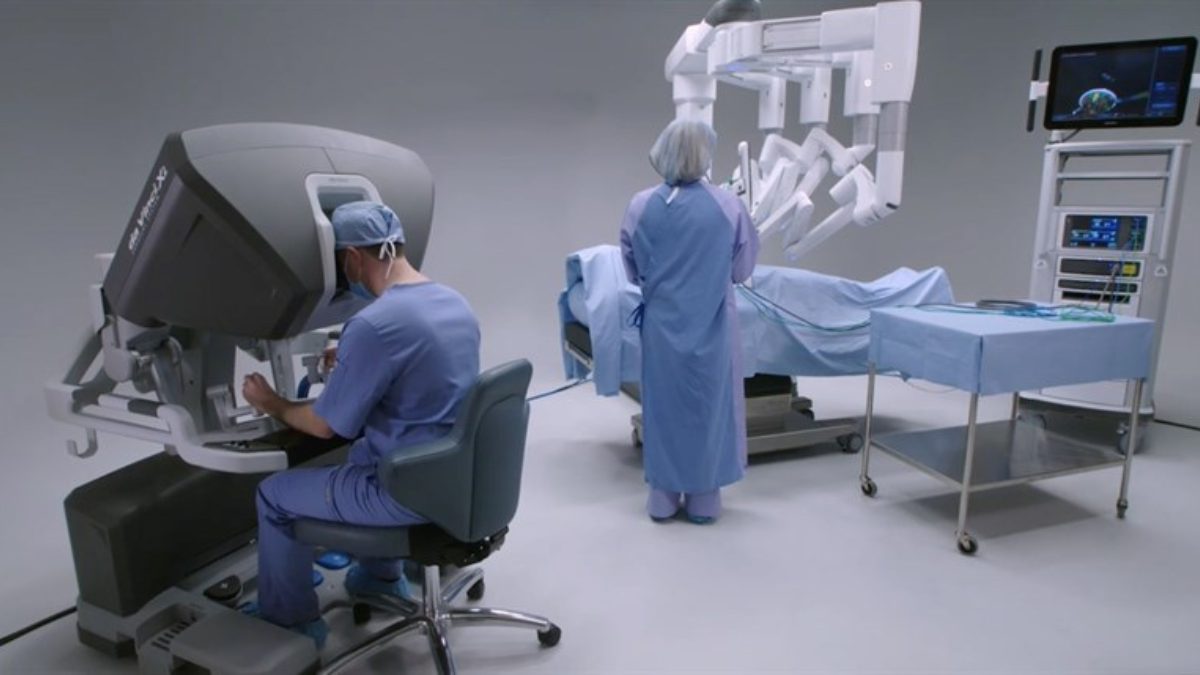Robotic surgery is a type of minimally invasive procedure that utilizes advanced technology to perform complex tasks. This revolutionary approach to surgery has numerous benefits, including smaller incisions, less blood loss, shorter recovery times, and improved accuracy. Robotic surgery can be used in many different surgical procedures, from general surgeries to heart and brain operations. But what exactly is robotic surgery? How does it work? Let’s take a closer look.
What Is Robotic Surgery?
Robotic surgery involves the use of a surgical robot, which is controlled by a surgeon using advanced computer technology. The robot has arms with tiny instruments attached to them. These instruments are inserted through small incisions into the affected body part. The surgeon then controls the robot from a console, maneuvering it to perform complex tasks with precision and accuracy.
How Does Robotic Surgery Work?
Robotic surgery is an effective way for surgeons to perform complicated operations, as the robot allows them to work on delicate or hard-to-reach areas of the body with less risk of errors.
Before the surgery begins, the patient is positioned and given anesthesia. The robot's arms are inserted into the body through small incisions, typically around 1-2 centimeters in size. The surgeon then guides the robotic arms by viewing a 3D image on a monitor, controlling every detail of the procedure with extreme precision. The robot’s arms move with great accuracy and minimal traumas to the surrounding tissue.
Conclusion
Robotic surgery is a revolutionary approach to performing complex surgical procedures. It offers many advantages over traditional open surgeries, including smaller incisions, less blood loss, and shorter recovery times. This advanced technology allows surgeons to access hard-to-reach areas of the body with unparalleled accuracy, resulting in improved outcomes for patients.

